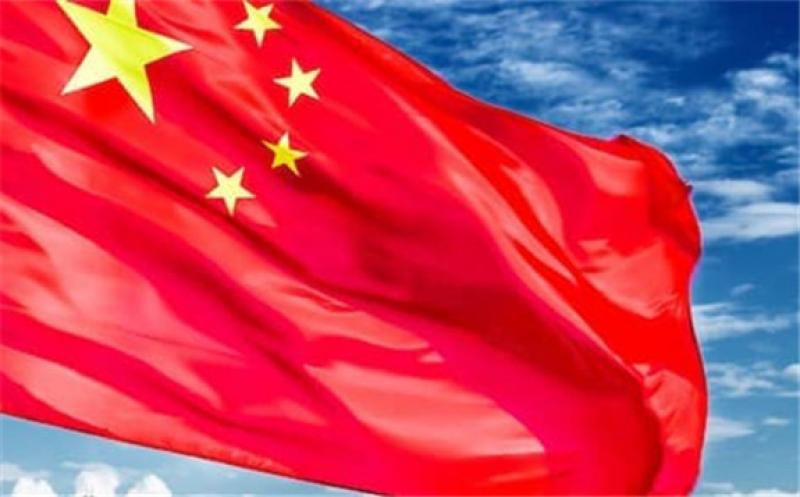The Chinese economic miracle has succeeded in lifting millions out of poverty and transforming the geopolitical landscape. The country’s rapid industrialization has accelerated climate change as emissions have skyrocketed. China is now the world's largest emitter of greenhouse gasses. Therefore, the recent pledge made by President Xi to achieve carbon neutrality by 2060 and peak emissions by 2030 is of major importance.

The road towards the 2030 and 2060 goals is complex and requires commitment and endurance. Since Xi’s pledge, China’s three state-owned energy champions have separately announced plans that reflect their strengths and expertise. Furthermore, these plans need to be integrated with the national energy system which is a major challenge in itself.
The three, Sinopec, CNPC, and Cnooc, have found their relative niches within the country’s energy system. CNPC is the national champion in the area of onshore oil and gas production, Sinopec is the leader in downstream activities with a significant presence in refining and petrochemicals, and Cnooc specializes in offshore production.
These companies together are accountable for 94 percent of China’s oil production and 96 percent of its gas output in 2020. While carbon neutrality by 2060 is a challenge, the intermediate goal in 2030 could be even harder to reach due to the short timeframe in which the companies have to act. Beijing’s goal of doubling the size of the economy by 2035 further increases the stakes. Besides decarbonization, the NOCs are also responsible for China’s energy security which means balancing the energy transition against continued oil and gas production.
In contrast to IOCs, NOC’s primary shareholder, the state, sets additional requirements. According to a senior executive at CNPC, “we [China’s three energy giants] have the additional consideration of being directly answerable to our government, with explicit mandates to monetize China's natural resources to provide energy access and energy security to our people.”
Nevertheless, the three Chinese companies have set goals to meet the government's goals. CNPC is focusing on further expanding its natural gas portfolio. The company already produces 72 percent of the country's natural gas. However, significant amounts are imported from Central Asia and Russia through pipelines and offshore through LNG. It is expected that these volumes will increase as domestic production cannot keep up with demand growth.
Sinopec, on the other hand, sees opportunities in hydrogen production. The company views its significant refining capacity, already Asia’s largest, and downstream activities as a chance to advance China’s hydrogen portfolio. Also, the 30,000 petrol stations could be refurbished to facilitate the charging of EVs. In addition in partnership with the Nasdaq-listed Nio, Sinopec intends to construct 5,000 battery-swapping stations for custom-build vehicles.
Lastly, Cnooc’s niche is its offshore expertise which is derived from oil and gas production. The company has launched its first project last year with the installment of a 300 MW wind farm in eastern China. Cnooc has additional investment plans but these depend on whether the commercial circumstances are favorable. According to Cnooc’s CEO Xu Keqiang, these projects will be executed “in a steady and cautious manner”.
The plans of the three national energy champions are low-hanging fruit when it comes to decarbonization. However, the real challenge will arise during the next steps of the energy transition when the complexities of system integration and weather-dependent energy production need to be balanced against reliability and affordability.
This means that companies need to cooperate and coordinate more to make use of each other strengths and compensate for their weaknesses. In the case of the Chinese NOCs, complementarity is an asset that could work to their advantage. A weakness that needs to be addressed is the relative lack of storage capacity of hydrogen which will become the linking pin of the energy system.
China’s storage capacity is considerably less than the international average of 15 percent, according to IHS. Bloomberg Intelligence estimates that it could rise to 4.1 percent in 2020 which is still significantly below the necessary level. This primarily affects the future role of hydrogen which can be used for the long-term storage of electricity after conversion. Therefore, the process of decarbonizing China’s energy system has just started.